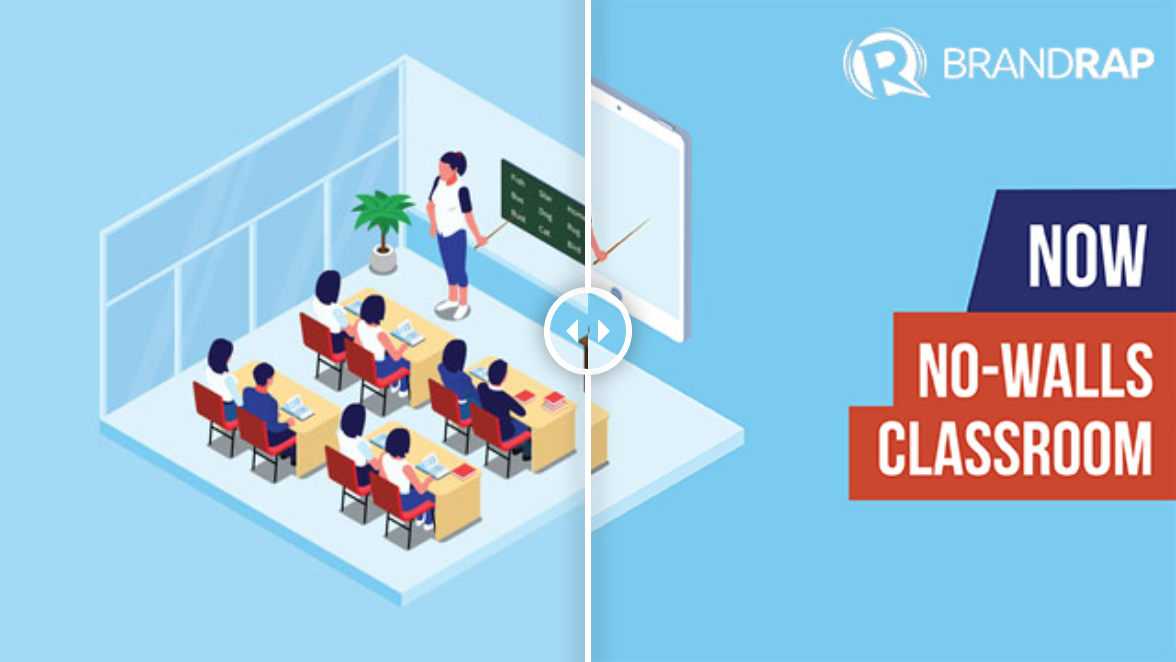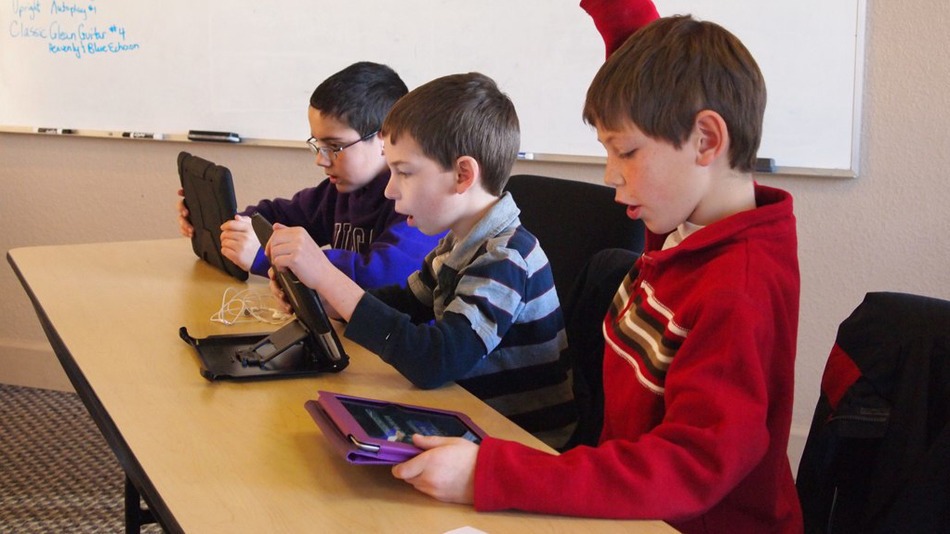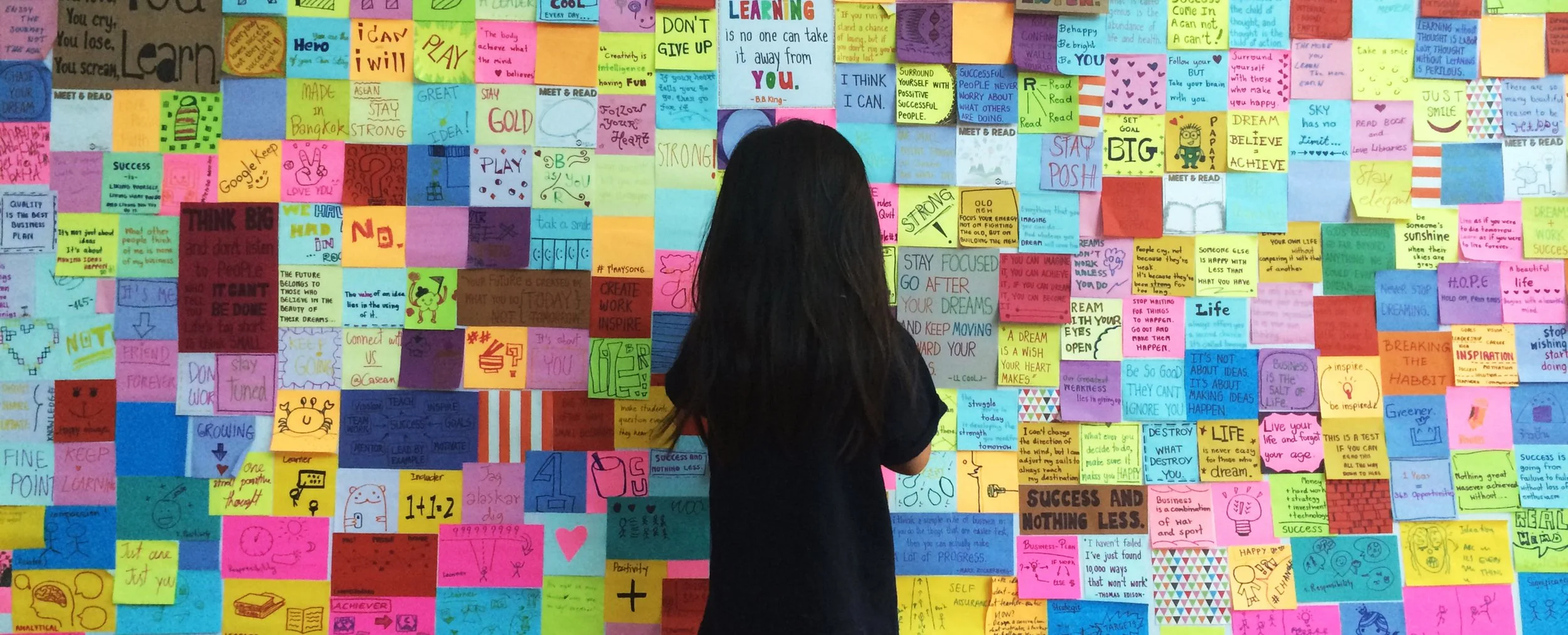Playing to learn: Panelists at Stanford discussion say using games as an educational tool provides opportunities for deeper learning
/We may think we’re pretty smart, but in fact we have very little notion of how humans learn. Kids know: They play games. Until, that is, they go to school. That’s when the games stop. And often, so does the learning.
That was the sad panorama painted by a panel of distinguished experts on education and “gamification” who nonetheless were optimistic about the promise of using games in pedagogy.
The panel discussion, held at the Graduate School of Education (GSE) on Feb. 26, was part of the yearlong public course, Education’s Digital Future (Educ 403x). Roy Pea, co-convener of the class and a professor in the GSE, introduced the speakers by noting that what he called “gaming to learn” has been around Stanford for close to a decade. (One of the speakers later noted that Wikipedia claims that Stanford students in 1971 invented the first known instance of a coin-operated video game.) But it is only recently that gamification’s possibilities in the realm of education truly have been appreciated.
(Continue Reading)












































